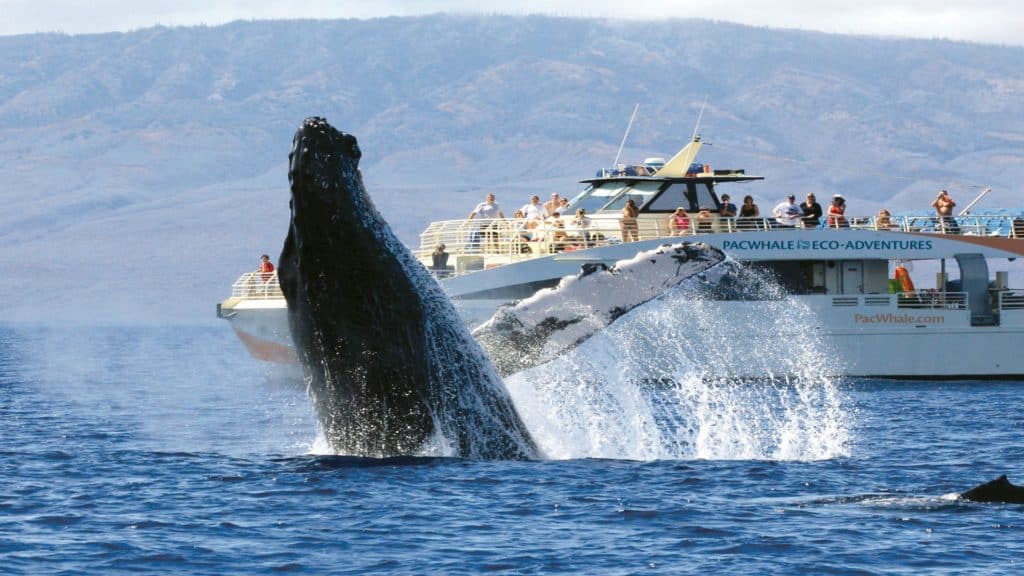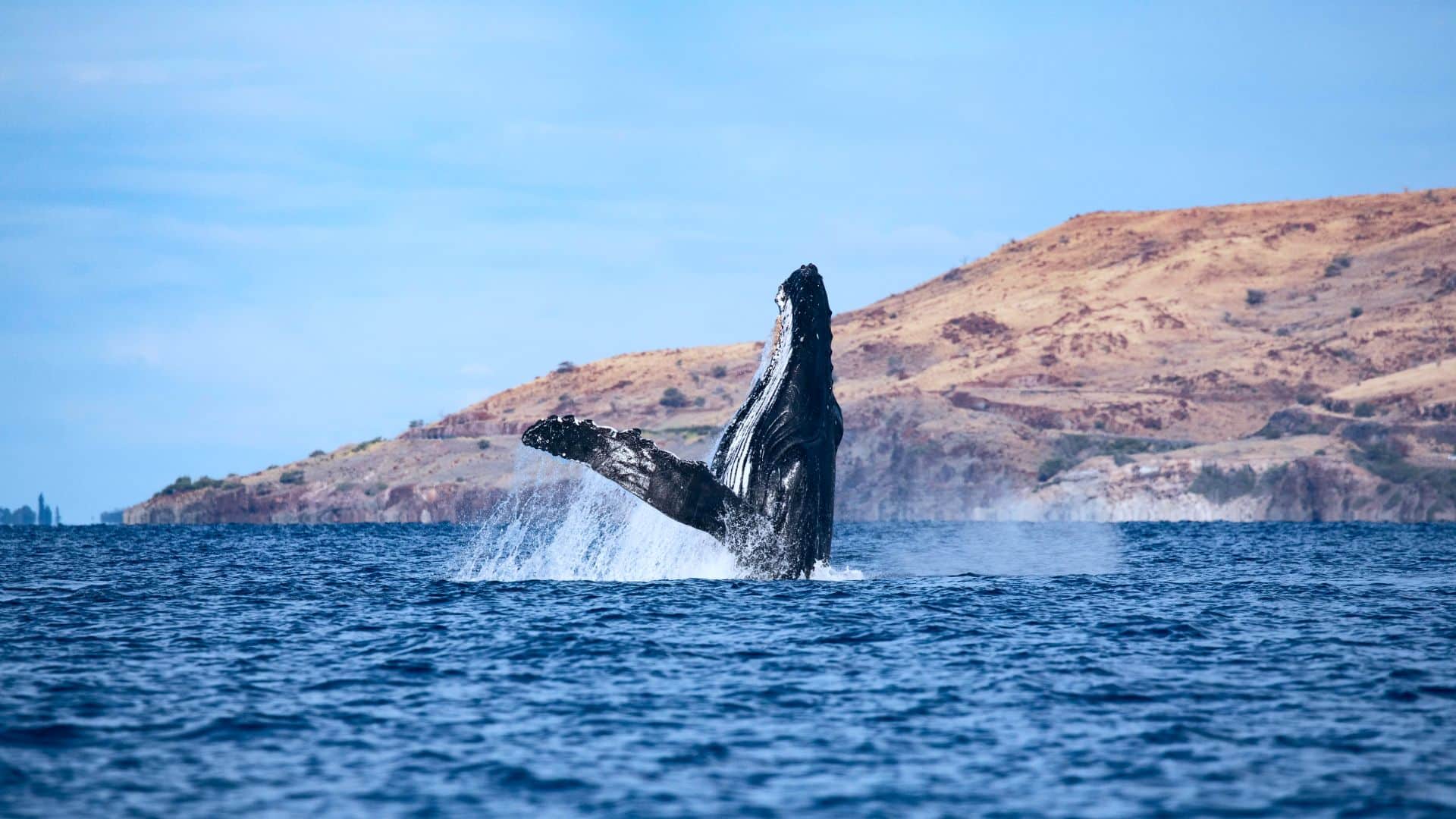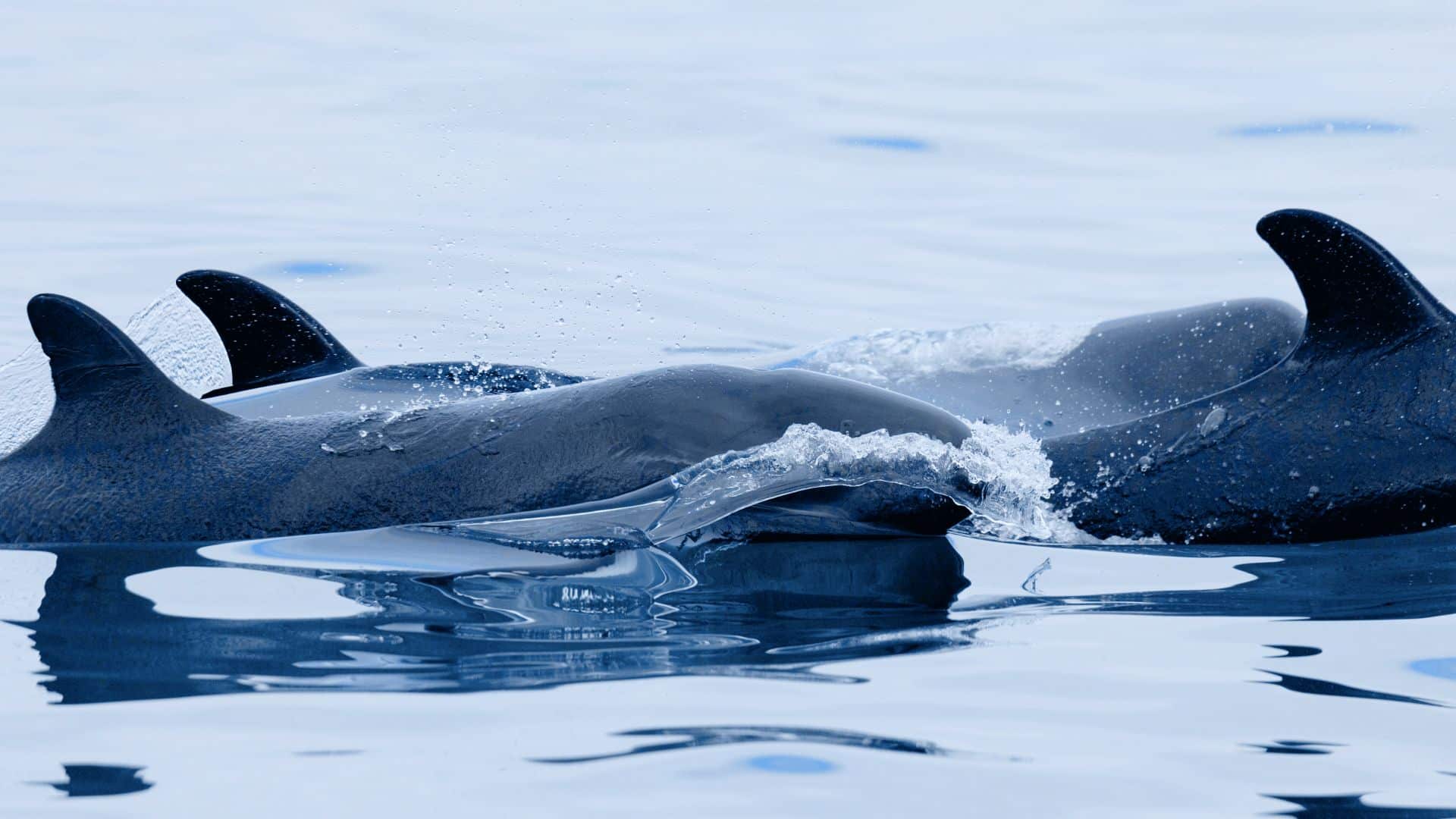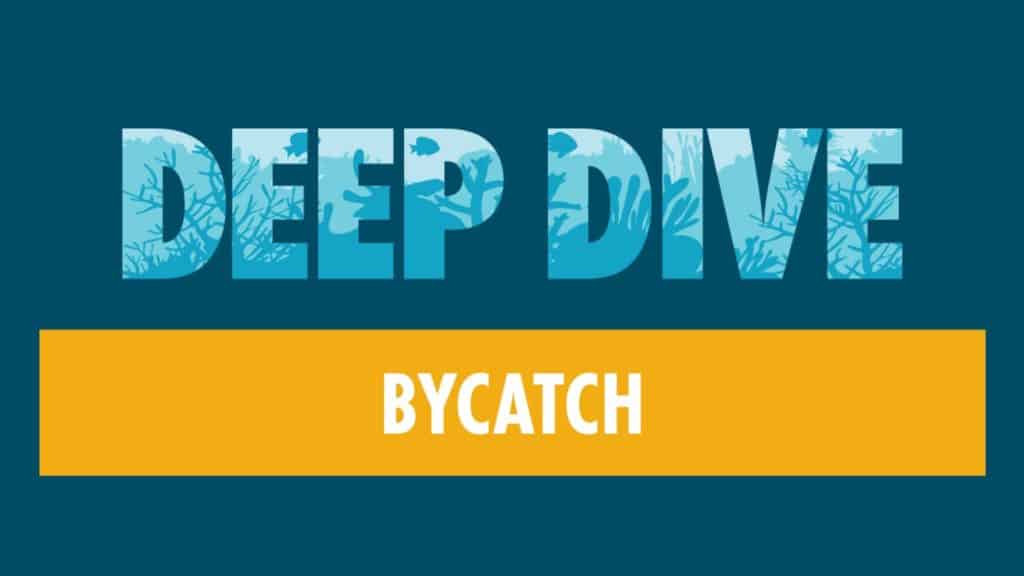Our marine mammal research in the four-island region of Maui Nui is the longest-running, continuous research project in the area, spanning decades of historic data on cetacean species that today face major threats such as climate change, fisheries interactions (bycatch) and others impacting ocean ecosystems.
This data is crucial for long-term population monitoring and is consistently supplemented with new information. Our extensive catalog of more than 100 individual false killer whales is particularly valuable for monitoring the abundance and impacts on this endangered marine mammal population. Additionally, our humpback whale catalog, which dates back to 1981, provides the most extensive photo-identification data available for this critical cetacean breeding ground.
Our dolphin photo-identification catalogs also have been instrumental in informing on population trends and identifying emerging threats to bottlenose dolphins, pantropical spotted dolphins and spinner dolphins. Our use of Unoccupied Aerial Systems (UAS, i.e., drones) proved groundbreaking in documenting rapid weight loss in free-ranging dolphins, a technique also useful in assessing impacts of existing and emerging threats.
Furthermore, we were the first ocean conservation organization to quantify and compare the amount and types of debris found on Maui’s beaches and nearshore environments. This research was crucial in providing scientific information to address marine plastic pollution—one of the 5 Major Threats identified through our research—and influence legislation limiting the import of single-use plastic products in the area.
the 5 major threats
Bycatch (Fisheries Interactions)
In Hawai’i, fisheries interactions and entanglement are a growing problem for several marine mammal species. Sightings of humpback whales, common bottlenose dolphins, spinner dolphins, pantropical spotted dolphins, short-finned pilot whales, melon-headed whales, false killer whales (listed in 2012 under the Endangered Species Act) and other marine animals grappling with fishing gear are not uncommon. To quantify the extent of this threat, we use our photo-identification catalogs to determine fisheries interactions by examining potentially impacted cetaceans for mouthline scars, dorsal fin disfigurements and other scarring. Understanding the extent of the problem is an important first step in minimizing these injuries.
Marine Plastic Pollution
The Hawaiian archipelago’s nearshore waters and coastlines accumulate inordinately high levels of marine debris—two to three times the amount impacting other Pacific coastal areas in the U.S.—due to its location within the North Pacific Subtropical Gyre. This is especially concerning as Hawai‘i’s nearshore habitat not only drives ocean-based tourism but also supports vast coral reef systems, which play a crucial role in providing habitat for diverse marine life while safeguarding coastlines from hurricanes.
Marine plastic pollution poses a significant threat to Hawaii’s whales and dolphins due to the direct ingestion of debris and the bioaccumulation of persistent organic pollutants (POPs). Pilot whales have been known to consume large amounts of debris, and the Hawaiian insular population of false killer whales—a federally recognized endangered species—have been found to have elevated levels of POPs. To address these threats, we use a combination of visual data collection methods including Unoccupied Aerial Systems (UAS), photo-identification and tissue samples (biopsies) in our marine mammal research to evaluate the health of individuals and populations.
Unsustainable Tourism
As tourism is vital to Hawai‘i’s economy, nearshore coastal areas experience high usage from both vessel and shore-based activities. This significantly impacts cetacean species, such as spinner dolphins and humpback whales, that regularly utilize these regions. Spinner dolphins exhibit predictable diurnal behavior patterns, making them vulnerable to human disturbance from dolphin watching and swim-with-dolphin tours. Similarly, humpback whale tourism during winter’s whale migration draws a high number of whale-watch tour vessels that can result in stress and disturbance if approach guidelines are not followed.
Our research on spinner dolphin movement and behavior contributed to the establishment of a 50-yard approach limit under the Marine Mammal Protection Act (MMPA) in October 2021. Furthermore, our humpback whale data was critical in developing best vessel practices for whale watching throughout the Main Hawaiian Islands, which was endorsed by the governor’s office. In general, our research focuses on providing science-based management recommendations for impacted cetacean populations and evaluating the success of enhanced management measures post-implementation.
Vessel Collisions
Whales and dolphins are at significant risk from high vessel traffic often resulting in ship strikes. Humpback whales migrate through busy shipping lanes and are subject to coastal vessel traffic when in Hawai‘i, while dolphins inhabit areas frequented by commercial and recreational vessels, making these cetaceans particularly vulnerable to collisions.Through our marine mammal research, we identified an optimal vessel speed effective in reducing the number and severity of ship strikes on humpbacks, dolphins and other marine mammals and provided these guidelines to vessel operators. Our current focus is on monitoring the frequency and prevalence of vessel collisions in all marine mammals we study to better understand the extent of this threat.Climate Change
Climate change presents a significant threat to the long-term survival of humpback whales, dolphins and other marine animals in Hawai‘i. As ocean temperatures rise and acidification increases, there may be alterations in the distribution and availability of prey species that could negatively affect the health of these cetacean populations. Habitat-range shifts constitute the most likely response of large marine mammals to climate change. We are already observing the impacts of climate change on humpback whales in Hawai’i, and these effects are expected to intensify over the next few decades. To better understand climate-change impacts, we rely on our long-term data to track evaluate health, size and habitat use of marine mammal populations over time.Target Study Species
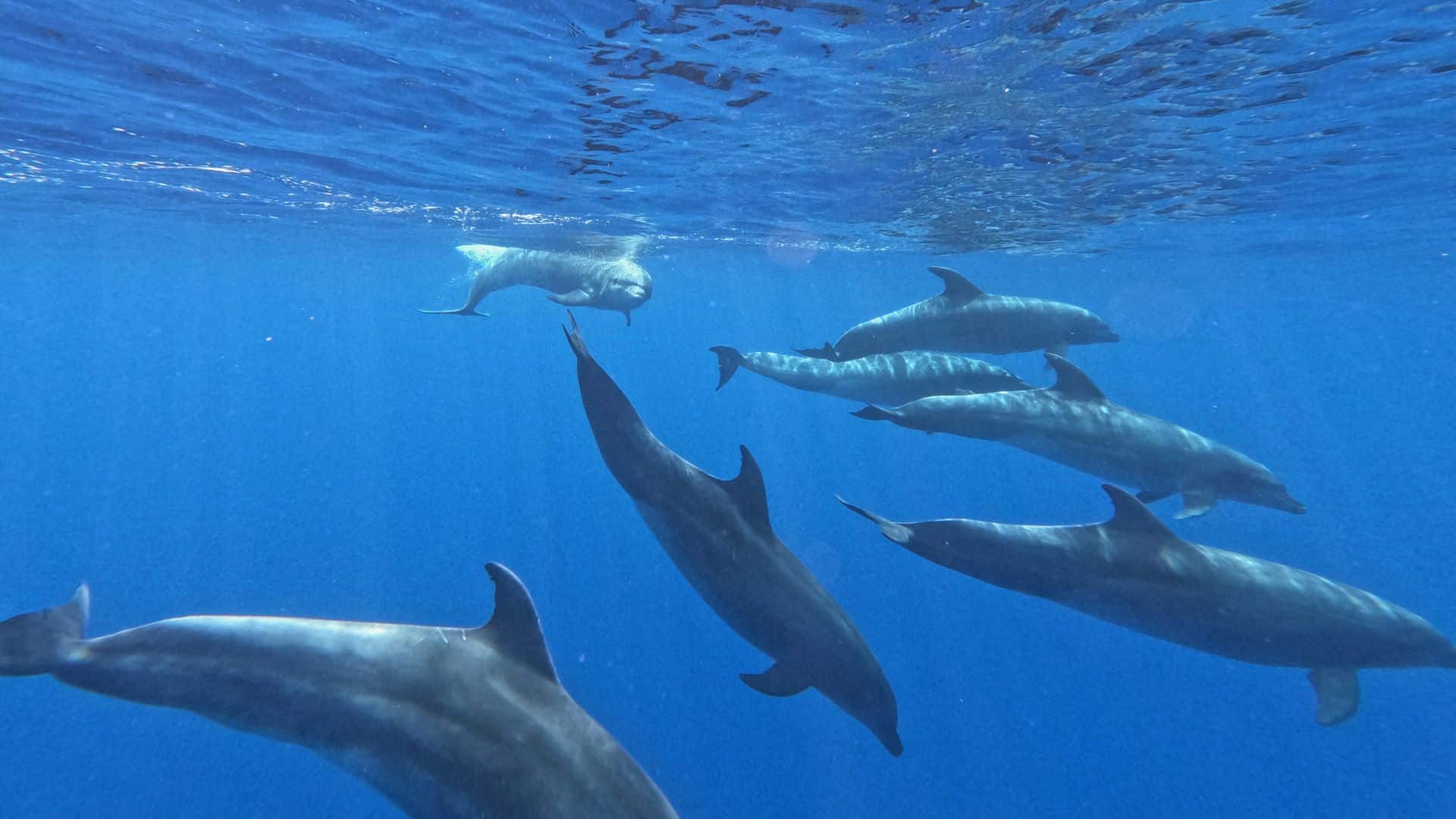
Bottlenose Dolphins
NMFS/MMPA Permit #21321

Spinner dolphins
Photo Credit: David Fleetham
